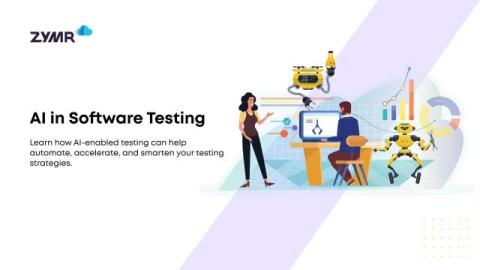Exploratory Testing: Benefits, Challenges, and Best Practices
Exploratory testing, a dynamic and versatile approach to software testing, has gained significant traction in recent years. In previous blog posts we explained what's Exploratory Testing and why it's so helpful. Also, we have discussed How to develop a Structured Exploratory testing strategy and we introduced why it is the real asset to exceptional functionality and superb UX if you want your QA to go above and beyond basic expectations.











